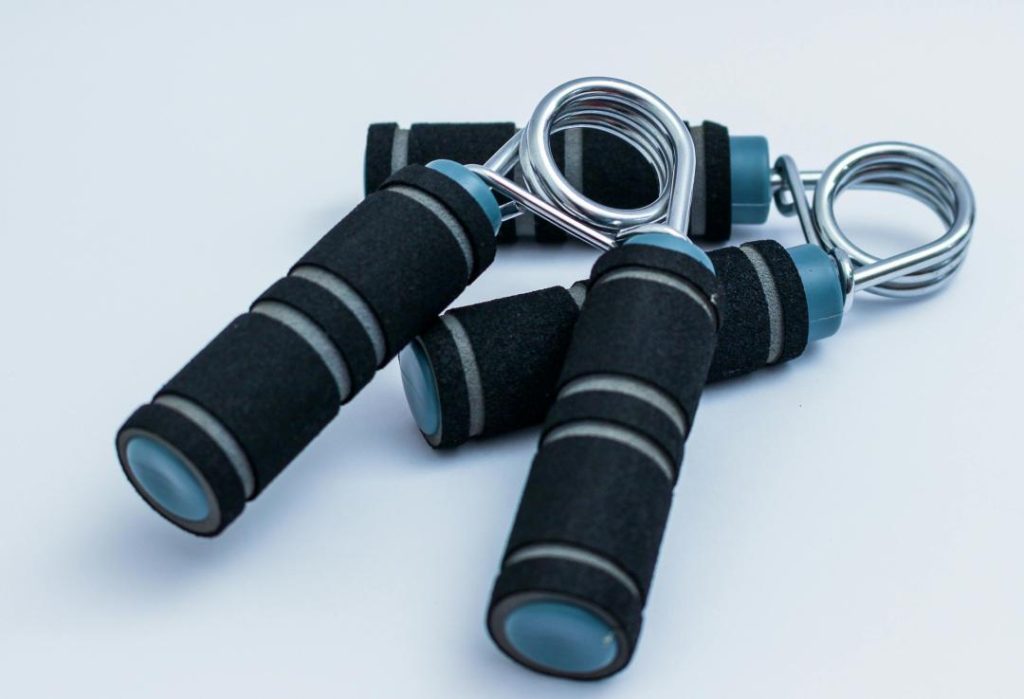
Stronger Grip Linked to Better Brain Function: Study
As we age, it’s common to experience a decline in physical and cognitive abilities. However, a new study published in the Journal of Cachexia, Sarcopenia and Muscle suggests that maintaining strong handgrip strength may be a key factor in offsetting the impact of cognitive decline on daily function in older adults.
The study, which was conducted by researchers at the University of California, San Francisco, and the University of California, Los Angeles, analyzed data from over 1,000 adults aged 90 and older. The participants were assessed for their handgrip strength, cognitive function, and daily functioning abilities, such as dressing, grooming, and feeding themselves.
The results of the study were striking. The researchers found that individuals with better handgrip strength were more likely to remain independent in their daily activities, even as their cognitive function declined. In fact, the study showed that for every 10% increase in handgrip strength, there was a corresponding 20% decrease in the risk of cognitive decline.
This is significant because cognitive decline can have a profound impact on daily life. As cognitive abilities decline, individuals may experience difficulty with memory, attention, and decision-making, making everyday tasks more challenging. This can lead to a loss of independence, increased reliance on caregivers, and a reduced quality of life.
The study’s findings suggest that maintaining strong handgrip strength may be a key factor in offsetting the impact of cognitive decline. This is likely due to the fact that handgrip strength is closely linked to overall muscle mass and muscle function. As we age, muscle mass naturally declines, leading to a loss of strength and function. However, research has shown that maintaining muscle mass and function through exercise and other interventions can help to slow or even reverse this decline.
The study’s authors suggest that their findings have important implications for the development of interventions to support healthy aging. “Our study highlights the importance of considering physical function, including handgrip strength, as a critical component of overall health and well-being in older adults,” said Dr. [Name], lead author of the study. “By incorporating exercises that target handgrip strength and other physical functions into our daily activities, we may be able to support healthy aging and reduce the risk of cognitive decline.”
So, what can you do to improve your handgrip strength and support healthy aging? Here are a few tips:
- Exercise regularly: Engage in regular physical activity, such as weightlifting, resistance band exercises, or even simple exercises like squeezing a rubber ball or doing push-ups.
- Focus on grip exercises: Incorporate exercises that specifically target your handgrip strength, such as grip strengthening exercises with a grip strengthener or a rubber ball.
- Use assistive devices: Consider using assistive devices, such as grip-enhancing tools or utensils, to make everyday tasks easier and more manageable.
- Stay engaged: Stay mentally and socially engaged through activities such as reading, puzzles, and socializing with friends and family.
The study’s findings are particularly significant for older adults who are at risk of cognitive decline. By incorporating exercises that target handgrip strength and other physical functions into their daily activities, individuals can help to support healthy aging and reduce the risk of cognitive decline.
In conclusion, the study’s findings highlight the importance of considering physical function, including handgrip strength, as a critical component of overall health and well-being in older adults. By incorporating exercises that target handgrip strength and other physical functions into our daily activities, we may be able to support healthy aging and reduce the risk of cognitive decline.
Source: https://thepfc.club/blogs/news/why-grip-strength-matters-for-people






